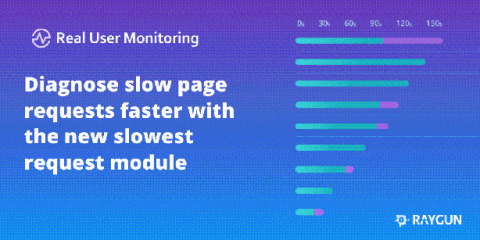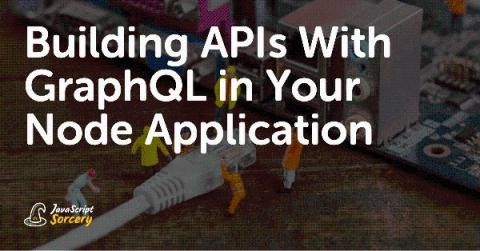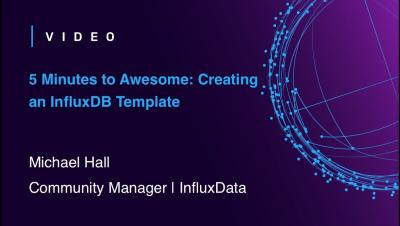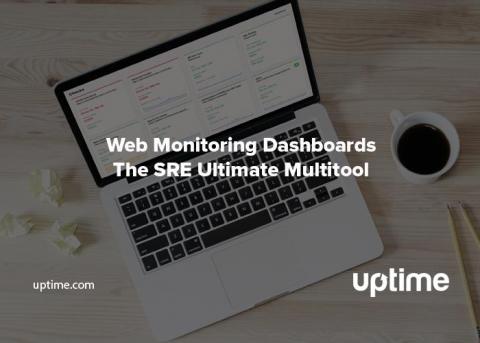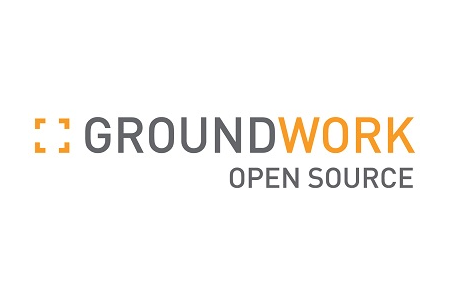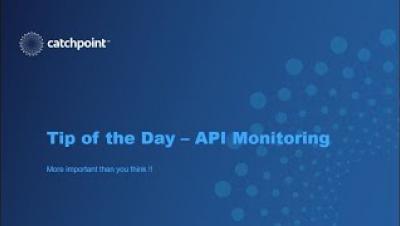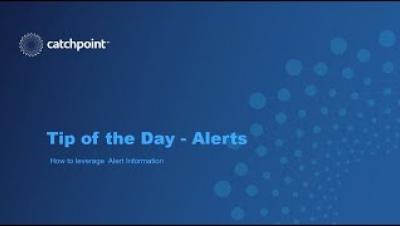CI/CD: What is continuous integration?
Continuous integration is the first half of the acronym CI/CD, with Continuous Delivery completing the second half. In this three-part article, we look at the two halves of CI/CD to define and understand them, and then, in part three, we talk about how Uptrends fits into your CI/CD processes. Let’s get started at the beginning with continuous integration.



